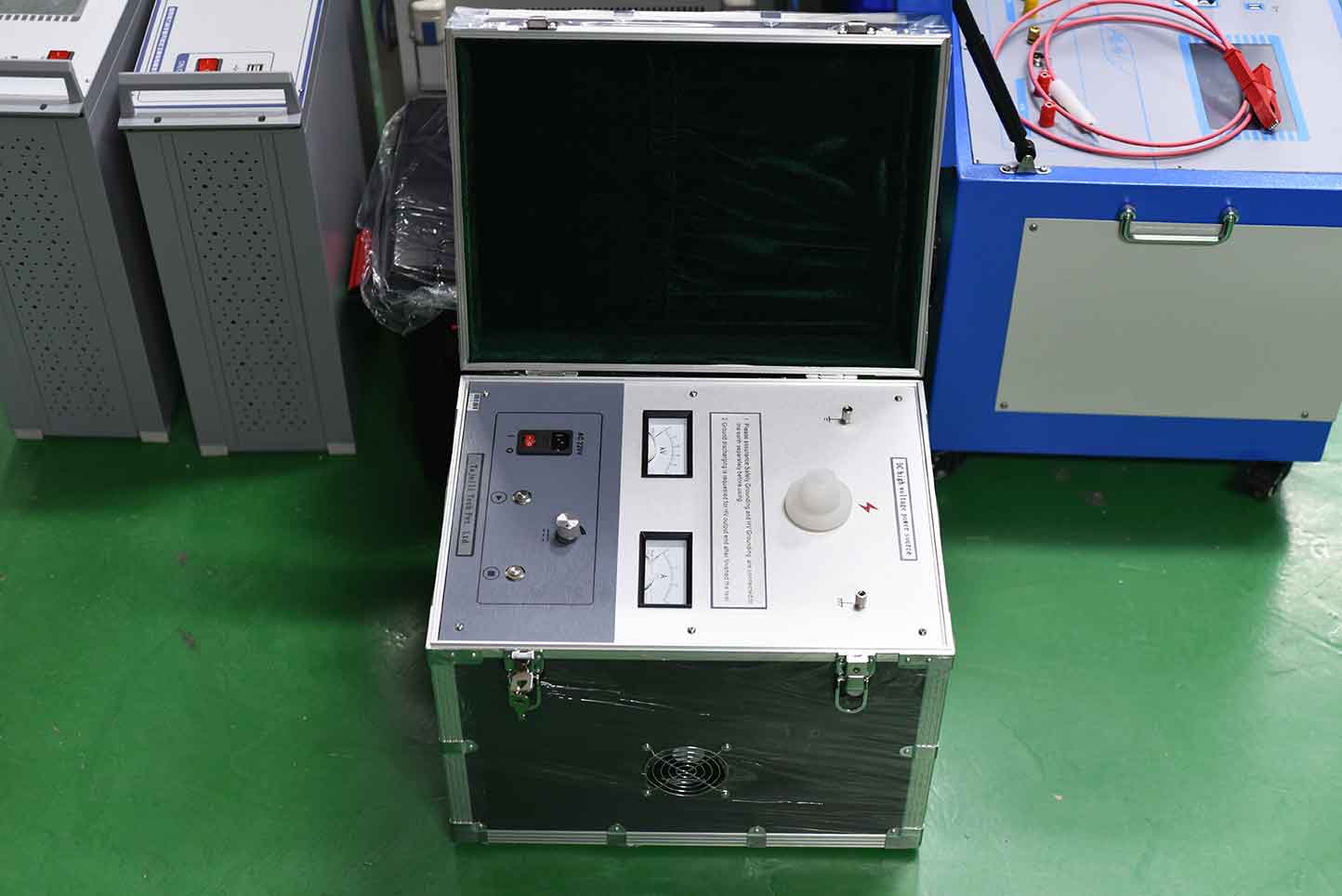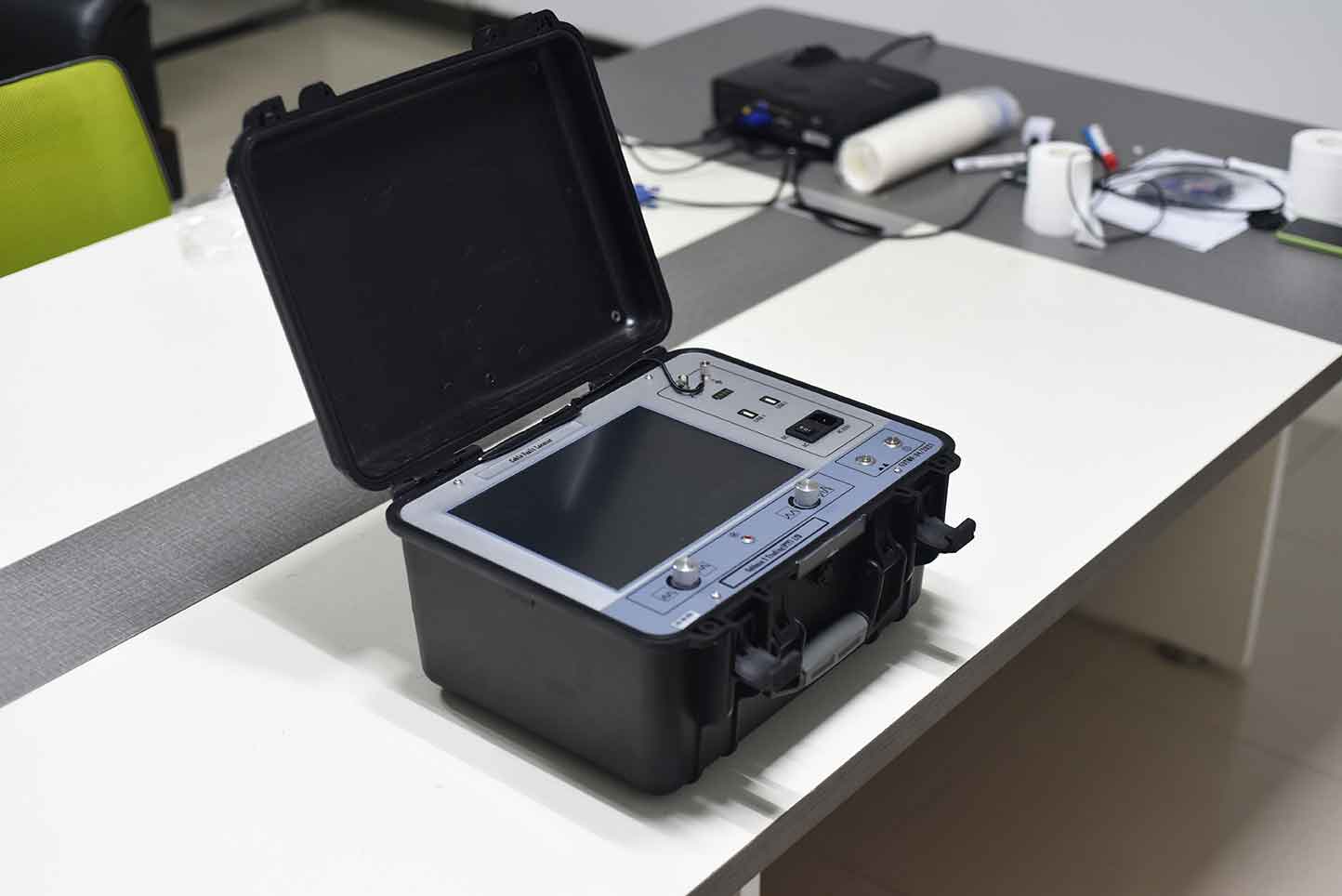Cable fault tester is a very useful tool in the power industry, which can help engineers quickly locate cable faults and improve maintenance efficiency. However, in practical use, we often encounter some special situations, such as high resistance grounding faults, flashover faults, etc., which can bring certain challenges to testing. This article will share some experience in using cable fault testers and explore how to respond to these special situations.
1. Basic steps for using a cable fault tester
Before using a cable fault tester, we need to first understand the operating procedures of the instrument. Generally speaking, the steps to use a cable fault tester are as follows:
① Connect the tester and cable: Connect the transmitter and receiver ends of the tester to both ends of the cable. Ensure reliable connection and avoid inaccurate test results due to poor contact.
② Select Test Mode: Select the appropriate test mode based on the type of cable and the nature of the fault. For example, for shielded cables, you can choose between "pulse reflection" or "cross reflection" modes.
③ Adjusting test parameters: Adjust the pulse width, test voltage, and other parameters of the tester based on the length and impedance of the cable. Appropriate parameter settings can improve the accuracy of test results.
④ Trigger pulse signal: Press the trigger button of the tester to send a pulse signal. The pulse signal will be transmitted along the cable and reflected at the fault point.
⑤ Observation of reflected signals: Observe the reflected signals through the display screen or oscilloscope of the tester. The reflection signal of the fault point may differ from the standard reflection signal, and the location of the fault point can be determined based on these differences.
⑥ Analyze and calculate the location of the fault point based on the characteristics and transmission speed of the reflected signal. For complex fault situations, more testing and analysis may be required.

2. Handling methods for special situations
In cable fault testing, we often encounter some special situations, such as high resistance grounding faults, flashover faults, etc. These situations can pose certain challenges to testing, but through some methods, we can effectively address these special situations.
① High resistance grounding fault
High resistance grounding fault refers to a fault where the grounding resistance is greater than 100 Ω. In this case, the output voltage of the tester will be relatively low, making it difficult to trigger the reflected signal.
Solution: Increase the output voltage by increasing the test voltage, thereby triggering the reflection signal. In addition, the sensitivity of the test can also be improved by increasing the pulse width.
② Flashover fault
Flashover fault refers to the fault point inside the cable, which only occurs under high voltage. In this case, it is difficult for the tester to capture the reflected signal of the fault point.
Solution: Use multiple triggers to repeatedly send pulse signals until the reflection signal of the fault point is captured. In addition, the sensitivity of the test can also be increased by increasing the test voltage or reducing the pulse width.
Cable fault testers are very useful tools in the power industry. By sharing usage experience and handling methods for special situations, we can better utilize cable fault testers and improve maintenance efficiency. When using a cable fault tester, we should understand the basic usage steps and master the methods to deal with special situations, in order to better solve the problem of cable faults.

KST-700A2 cable fault tester is a new generation of portable cable fault testing instrument carefully designed and manufactured by our company based on user requirements and considering on-site use. It adheres to our consistent principle of high-tech, high-precision, and high-quality, and elevates the level of cable testing to a new level. The tester consists of three parts: flash testing, tracking, and positioning. It can be used to detect low resistance, high resistance, short circuit, open circuit, leakage faults, and flashover faults of various cables. It can accurately detect the fault location, cable length, and cable burial path of underground cables. It has the characteristics of accurate testing, high intelligence, wide adaptability, stable performance, and lightweight portability. The instrument adopts an English system with high-definition display and user-friendly interface.
Kvtester Electronics Technology Co.,Ltd. is a high-tech enterprise specializing in power testing, testing, research and development, production, and sales of testing equipment. It has been engaged in the electrical testing industry for many years, and its products are of high quality. We welcome customers to come and purchase.






